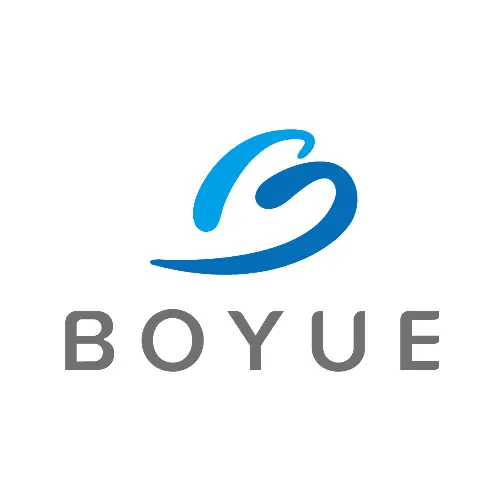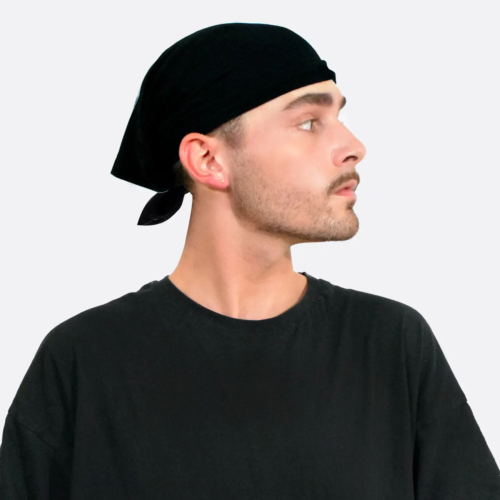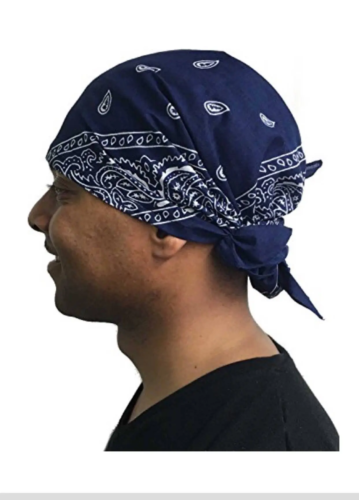Obsah
PřepnoutCo je to kukla?
Kukla je látková kapuce, která zakrývá hlavu, uši, obličej a krk, obvykle ponechává odkryté pouze oči, nebo oči + ústa/nos. Některé styly lze také zcela stáhnout a použít jako klobouk. Také známá jako kukla, lyžařská maska, celoobličejová kukla nebo vojenská maska.
12 oblíbených typů materiálu na kukly
1. Vlněná kukla
Vlněná tkanina je přírodní vlákno spředené ze zvířecích chlupů (například ovčích, kozích atd.) a je tradičním materiálem široce používaným v podzimním a zimním oblečení. Má vynikající vlastnosti zadržování tepla, elasticity a absorpce vlhkosti a je důležitou látkou pro výrobu zimních kukel, šál, čepic a kabátů. Běžné druhy vlny: Merino vlna je nejjemnější a nejměkčí, vhodná pro nošení blízko kůže, běžná vlna: má mírně hrubou texturu, často se používá na svrchní oděvy, lama vlna, kašmír: pokročilejší, měkčí a dražší.
Výhody: Dutá struktura vlněných vláken dokáže zadržet vzduch a vytvořit dobrou izolační vrstvu, která je velmi vhodná pro nošení v chladném počasí. Dokáže absorbovat více než 30% vlastní hmotnosti vody, aniž by se cítila vlhká, a udržuje tak pokožku suchou a pohodlnou. Má antibakteriální vlastnosti a bakterie se v ní snadno nemnoží.
Nevýhody: Běžná vlna může způsobovat svědění citlivé pokožky, zejména pokud nebyla jemně ošetřena. Praní nebo sušení při vysokých teplotách může snadno způsobit srážení a deformaci, proto je nutné ji prát ručně nebo chemicky čistit.
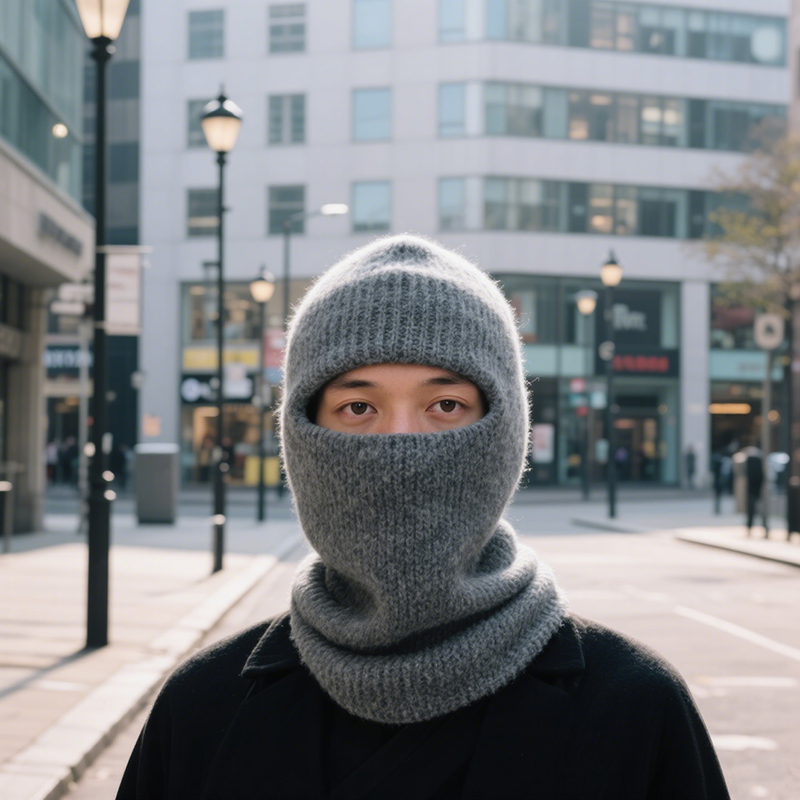
2. Kukla z polyesterové tkaniny
Polyester, také známý jako „polyesterové vlákno“, je polymerní materiál syntetizovaný z ropných extraktů a je jedním z nejpoužívanějších syntetických vláken na světě. Má vynikající odolnost proti opotřebení, odolnost proti mačkání a cenové výhody.
Výhody: nízká hmotnost, vhodné pro dlouhodobé nošení; vysoká odolnost proti opotřebení a dlouhá životnost. Není snadné se mačkat, zachovává si čistý vzhled, vhodné pro každodenní dojíždění nebo cestování.
Nevýhody: Téměř žádná absorpce vody, pot se snadno neabsorbuje, což může způsobovat nepohodlí v obličeji. V suchém prostředí snadno generuje statickou elektřinu a absorbuje prach nebo vlasy.
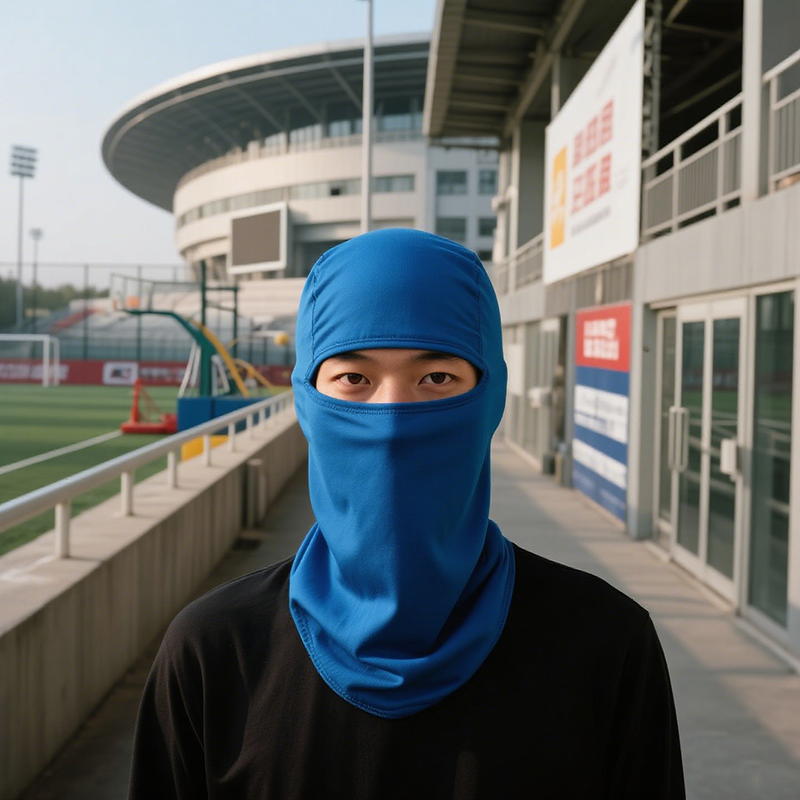
3. Kukla z nylonu
Nylon je první syntetické vlákno na světě, vynalezené společností DuPont v roce 1935. Jedná se o polyamidové vlákno s vynikající odolností proti opotřebení, elasticitou a pevností.
Výhody: Velmi odolné proti opotřebení, vhodné pro intenzivní outdoorové aktivity nebo časté používání. Lze prát v pračce, nemačká se, snadno se udržuje.
Nevýhody: Téměř žádná absorpce potu, pot se snadno usazuje na povrchu pokožky, což ovlivňuje pohodlí. V suchém prostředí náchylný ke statické elektřině, přitahuje prach nebo vlasy.

4. Spandexová kukla
Spandex (Spandex / Lycra / Elastan) je syntetické vlákno s extrémně vysokou elasticitou, které se široce používá v oděvech, které vyžadují padnoucí a pružné vlastnosti.
Výhody: Lze jej natáhnout na více než 500% původní délky, perfektně se hodí pro různé tvary obličeje a velikosti hlavy, má dobrou pružnost, po opakovaném natahování se snadno nedeformuje a má dlouhou životnost. Vysoká elasticita se přizpůsobí prudkým pohybům, snadno se neklouže ani nedeformuje a je velmi vhodný pro cyklistiku, běh, lyžování a další sporty.
Nevýhody: Spandex sám o sobě nemá dobré tepelněizolační vlastnosti a je nutné jej míchat s jinými tepelněizolačními materiály. Lidé citliví na chemická vlákna mohou pociťovat mírné nepohodlí na pokožce. Téměř neabsorbuje pot a pot se snadno zadržuje na povrchu kůže, proto je nutné jej kombinovat s technologií absorpce vlhkosti a odvodu potu.
5. Flísová kukla
Fleece je druh umělé plyšové tkaniny vyrobené z polyesterového vlákna (polyesteru), pojmenované podle toho, že jeho povrch je pokryt jemným zrnitým chmýřím. Je na dotek měkké, lehké a teplé.
Výhody: Fleece na povrchu dokáže zadržet vzduch a vytvořit izolační vrstvu, která udrží obličej v teple i při nízkých teplotách. Má nízkou absorpci vody a po pocení nebo namočení rychle schne, takže je vhodný pro sport a outdoorové aktivity. Cena je mírná a poměr ceny a výkonu je lepší než u přírodních materiálů, jako je vlna.
Nevýhody: Čistý polar fleece nemá větruodolnou funkci a je nutné jej používat v kombinaci s větruodolnými látkami. Má vysokou hustotu a při delším nošení, zejména v interiéru nebo při intenzivním cvičení, může být dusný. V suchém prostředí snadno generuje statickou elektřinu a absorbuje vlasy nebo prach.

6. Hedvábná kukla
Měkké a pohodlné, bez statické elektřiny a tření, mohou snížit poškození vlasů. Hedvábné čelenky jsou obvykle dražší a nemusí být elastické a špatně padnou. Lze je nosit pouze tehdy, když v noci necvičíte nebo neodpočíváte.
7. Kukla z ledového hedvábí
„Ledové hedvábí“ se obvykle vztahuje na tkaniny vyrobené převážně z polyesteru nebo nylonu, které byly speciálně zpracovány (jako je chladivý povlak, dutá struktura, úprava absorpce vlhkosti a potu atd.), aby simulovaly hedvábný dotek a „chladivý“ fyzikální efekt.
Nejvýznamnější výhodou je, že při kontaktu s pokožkou působí „chladně“, což je vhodné pro nošení v létě a může účinně snížit pocit ucpanosti.
Nevýhody: Tkanina je tenká a ochrana před větrem, pískem a slunečním zářením je omezená (pokud není zesílená nebo potažená). Je zcela nevhodná pro prostředí s nízkými teplotami a nelze ji používat v zimě nebo chladném počasí.
8. Kukla Birdseye
Birdseye Fabric je tkanina se speciální pletenou strukturou, obvykle směsí polyesteru, nylonu nebo spandexu, s jednotnými malými otvory nebo konkávními a konvexními tečkovanými texturami vytvořenými specifickým tkalcovským procesem.
Výhody: Malá struktura otvorů na povrchu zlepšuje cirkulaci vzduchu a při nošení nedělá dusný materiál, což je vhodné pro použití na jaře a v létě nebo při cvičení. Dokáže rychle odvádět pot z povrchu těla a odpařovat ho, čímž udržuje obličej suchý a pohodlný.
Nevýhody: Přestože je struktura s malými otvory prodyšná, znamená to také, že má slabé větruodolné vlastnosti. Materiál je tenký a nemá dobré tepelněizolační vlastnosti, takže není vhodný pro samostatné použití v chladném počasí.
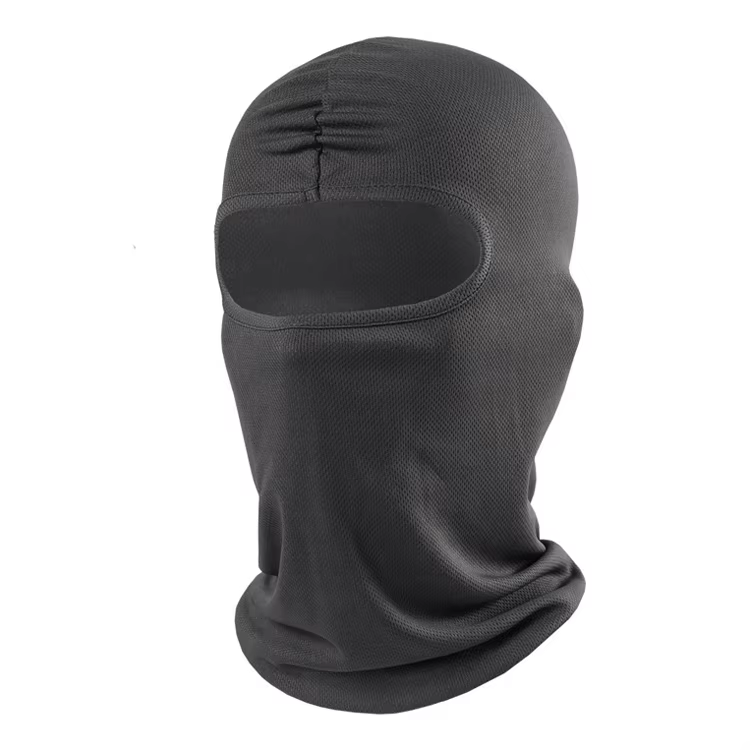
9. Kukla z kartáčované látky
Nabíraná tkanina označuje vrstvu jemného a nadýchaného vlasu, která vzniká mechanickým vytahováním vláken z povrchu běžných pletených nebo tkaných látek. Tato úprava činí tkaninu měkčí, teplejší, savější a na dotek podobná flanelu nebo sametu. Mezi běžné typy nabíraných tkanin patří bavlněná nabíraná tkanina, polyesterová nabíraná tkanina a směsová nabíraná tkanina.
Výhody: Povrch má jemné chmýří, které je vhodné pro osoby s citlivou pokožkou. Chmýří dokáže uzavřít vzduch a vytvořit vrstvu udržující teplo, která je vhodná pro použití v prostředí s nízkými teplotami na podzim a v zimě.
Nevýhody: Nadýchaná struktura se v důsledku tření snadno odlupuje nebo žmolkuje, zejména u nekvalitních tkanin. V důsledku vysokých nároků na čištění se snadno sráží a deformuje. Doporučuje se prát v ruce ve studené vodě nebo prát jemně v pračce. V příliš horkém počasí bude bavlna dusná a není vhodná pro jarní a letní období nebo pro intenzivní sportovní aktivity.

10. Kukla z akrylové látky
Akryl, známý také jako „umělá vlna“, je syntetické vlákno, jehož hlavní surovinou je akrylonitril. Vlákna se získávají polymerizační reakcí, má dobrou elasticitu a nadýchanost, je měkký na dotek a je vhodný k napodobení vlněných tkanin.
Výhody: Vlákno je nadýchané a porézní, dokáže uzavřít vzduch a vytvořit izolační vrstvu a má tepelné vlastnosti blízké vlně. Má dobrou pružnost, po natažení se vrací do původního tvaru a po dlouhodobém používání se snadno neuvolňuje. Ve srovnání s vlnou nebo kašmírem je to cenově výhodná alternativa.
Nevýhody: Neabsorbuje pot tak jako přírodní vlákna a po pocení se snadno cítí ucpaný a nevzdušný. V suchém prostředí snadno generuje statickou elektřinu a absorbuje prach nebo vlákna oděvu.
11. Kukla, látka z mléčného hedvábí
Mléčné hedvábí, také známé jako mléčné vlákno, se vědecky nazývá kaseinové vlákno, regenerované proteinové vlákno. Jedná se o textilní materiál vyrobený z bílkovin (hlavně kaseinu) v mléce extrakcí, chemickým zpracováním a spřádáním. Ačkoli název zní jako vlákno vyrobené přímo z přírodního mléka, ve skutečnosti se jedná o polosyntetické vlákno, které kombinuje bílkoviny se syntetickými materiály pomocí moderní chemické technologie.
Výhody: Jemný jako hedvábí, pohodlný na nošení, nedráždí pokožku, vhodný pro osoby s citlivou pokožkou. Lépe absorbuje pot než polyester a jiná chemická vlákna, udržuje obličej suchý a snižuje pocit ucpanosti.
Nevýhody: Tkanina je tenká a není vhodná pro samostatné použití v chladném počasí. Při samostatném použití má nízkou elasticitu a většina produktů přidává spandex pro zlepšení elasticity a padnutí.
12. Kukla z bambusových vláken
Bambusová tkanina je regenerované rostlinné vlákno extrahované z přírodního bambusu. Má vlastnosti přirozené antibakteriality, absorpce vlhkosti, prodyšnosti, měkkosti a pohodlí. Přestože se jedná o umělé vlákno...
Výhody: Bambusové vlákno obsahuje složky „bambusový chinon“, které účinně potlačují růst bakterií a snižují zápach. Materiál je lehký a tenký a při nošení nevzniká pocit tlaku. Je vhodný pro dlouhodobé používání. Bambusové vlákno má přirozeně určitou funkci ochrany před UV zářením a je vhodné pro venkovní nošení.
Nevýhody: Není tak kvalitní jako vlna, polar fleece a další teplé tkaniny. Není vhodný pro samostatné použití v extrémně chladném prostředí. Při samostatném použití má nízkou elasticitu. Většina produktů přidává spandex pro zlepšení elasticity a padnutí. Po praní se snadno deformuje a sráží.
